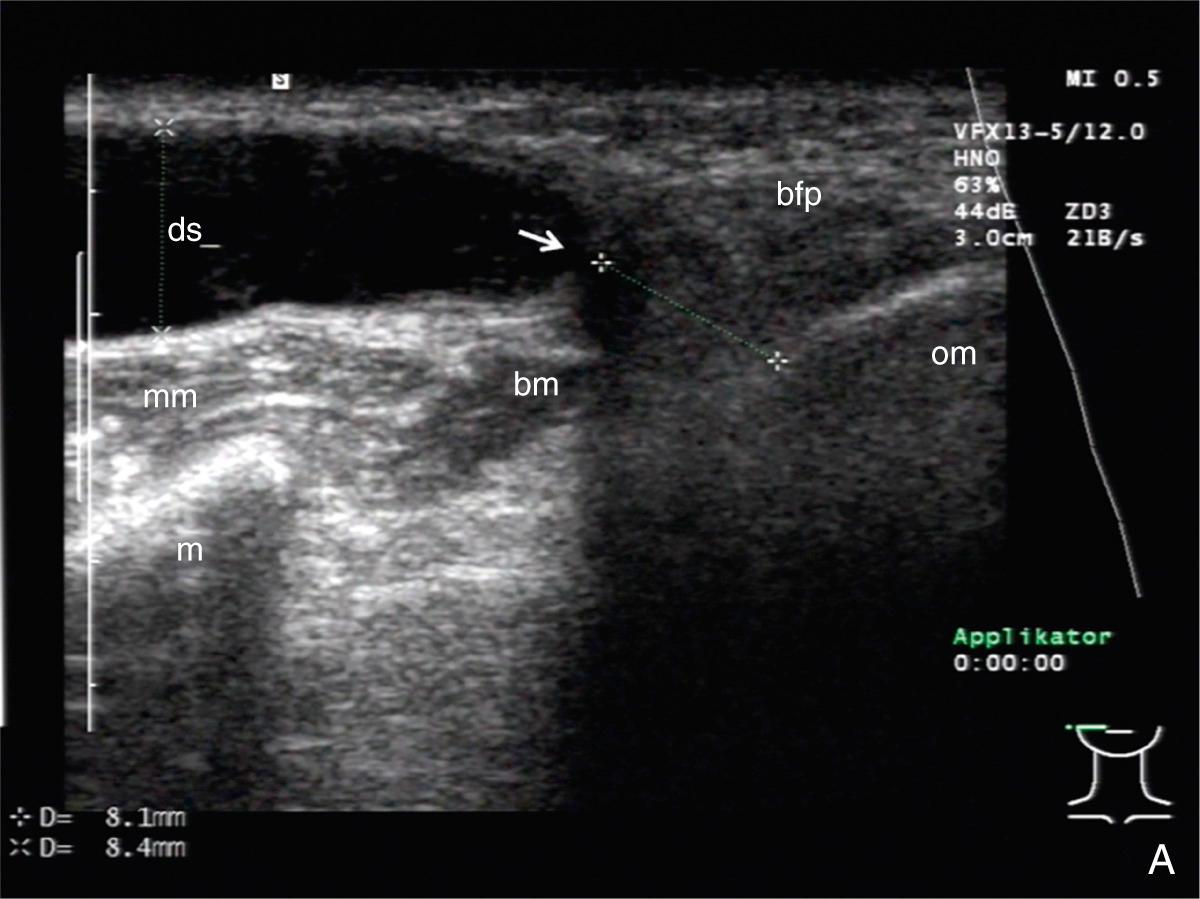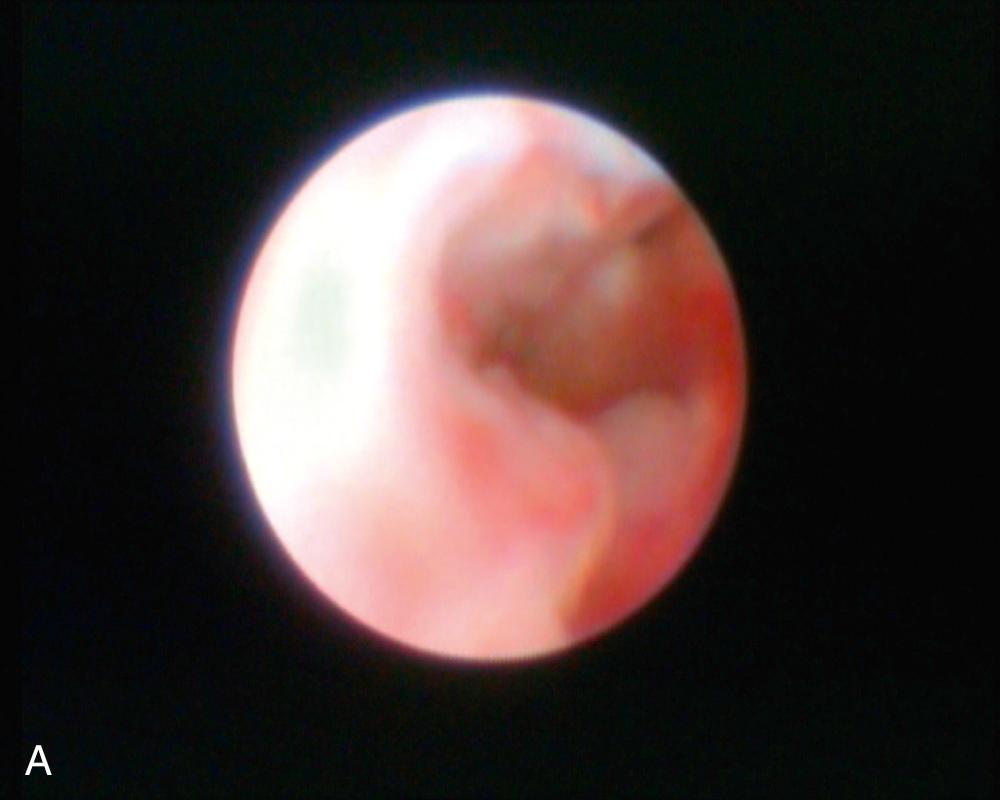Physical Address
304 North Cardinal St.
Dorchester Center, MA 02124
Salivary duct stenosis is a relatively rare pathologic condition. Of the stenosis cases, 70–75% are located in the parotid duct system. Salivary duct stenosis is the second most common cause of obstruction in the parotid gland, representing 15–25% of cases and making up 50–90% of cases of unclear duct dilation or gland swelling.
Parotid stenosis can be associated with various conditions/diseases; however, chronic (recurrent) parotitis may be the only cause. Stenosis develops in up to 13% of patients after prior surgery of the gland or the duct system, and is associated with sialolithiasis in over 15% of cases, which complicates treatment. Parotid duct stenosis is classified into inflammatory, fibrous, megaduct, duct anomaly-associated stenosis, and pure fibrous fixed stenosis without duct anomaly.
Stenosis can be treated with success rates of >90% by a sialendoscopic minimally invasive and gland-preserving therapy, with good short- and long-term outcome. The success rates of the procedures are >80%, with improvement of symptoms reported in 70–90%, and gland preservation in 90–100% (see Chapter 27 ).
Not all stenosis can be treated by sialendoscopic means. High-grade stenosis with complete duct obstruction and scarring can be managed only by more invasive surgical means. High-grade stenosis can occur after surgical procedures of the cheek region, Stensen's duct itself, or after abscess formation due to sialolithiasis or in combination with other diseases.
Almost all patients presenting with stenosis report a history of longstanding duct obstruction and excretion of murky and thick, sometimes jelly-like secretion. The gland function in many of these cases is compromised, reducing the chance of successful outcome.
Stenosis associated with duct anomalies represent another group that may require more invasive measures to achieve a successful outcome. The grade of the stenosis with duct anomalies is generally mild to moderate; however, it can also be high-grade or nearly complete. This kind of stenosis is often complicated by kinking with an associated megaduct, in particular in the distal duct region.
Although interventional sialendoscopy is the first choice in the treatment of ductal stenosis, transoral duct surgery or a combination of sialendoscopy and transcutaneous approaches may be the only treatment alternatives to ablation of the function of the gland or its resection. Meticulous diagnostic work-up is needed to assess if transoral or combined surgery is possible. Diagnostic information should include the course of the duct and the exact location of the stenosis and the nature of the surrounding tissue.
The presence of a megaduct is an important precondition to successful transoral duct surgery, as it will allow marsupialization of the proximal duct to the oral mucosa more readily. If no megaduct is present, the chance for a successful outcome decreases.
Ultrasound, magnetic resonance (MR)-sialography, conventional sialography, and computed tomography (CT) or cone beam-CT with sialography are the diagnostic imaging tools that can all contribute to a more precise characterization of stenosis (see Chapter 3 ). The duct itself, the surrounding tissues, and their relationship to the duct system can be determined by CT with sialography, MR-sialography, or by ultrasound. In papillary stenosis and/or distal duct stenosis, ultrasound can used to measure the length of the stenosis, the distance from the oral mucosa to the most distal visible lumen, and the diameter of the duct lumen proximal to the stenosis, which are important criteria that help to indicate or to abandon transoral duct surgery ( Fig. 28.1 ). In papillary or prepapillary and distal duct stenosis, the distance between the oral mucosa to the most distal visible duct lumen should not exceed 15 mm, because suturing of the duct to the oral mucosa may not be possible or only possible with a higher risk of complications due to increased tension. Creation of any neo-ostium must be performed without any tension in order to avoid re-stenosis. The ductal lumen proximal to the stenosis can be measured also by ultrasound. A megaduct with a duct diameter exceeding 5 or even 10 mm represents a favorable situation, because it offers an adequate lumen to allow suturing of the pre-stenotic duct to the oral mucosa with creation of a wide neo-ostium and is one important precondition to perform successful transoral duct surgery in parotid gland duct stenosis ( Figs. 28.2 , 28.3 ). In complete stenosis, the sialendoscope cannot be inserted into the duct system primarily but it is important to perform stent implantation, indicated in virtually all cases.



In general, one of the essential prerequisites for any successful treatment, independent of the method chosen, is adequate gland function. If an impaired gland does not recover, the use of almost any approach may not be successful.
Various invasive surgical procedures in the distal duct system have been described, such as papillotomy or meatotomy, sialodochoplasty with duct reinsertion, and duct ligation. High failure rates exceeding 50% with the above techniques have been described. All methods of transoral duct surgery described here are restricted to the premasseteric distal duct system.
Become a Clinical Tree membership for Full access and enjoy Unlimited articles
If you are a member. Log in here